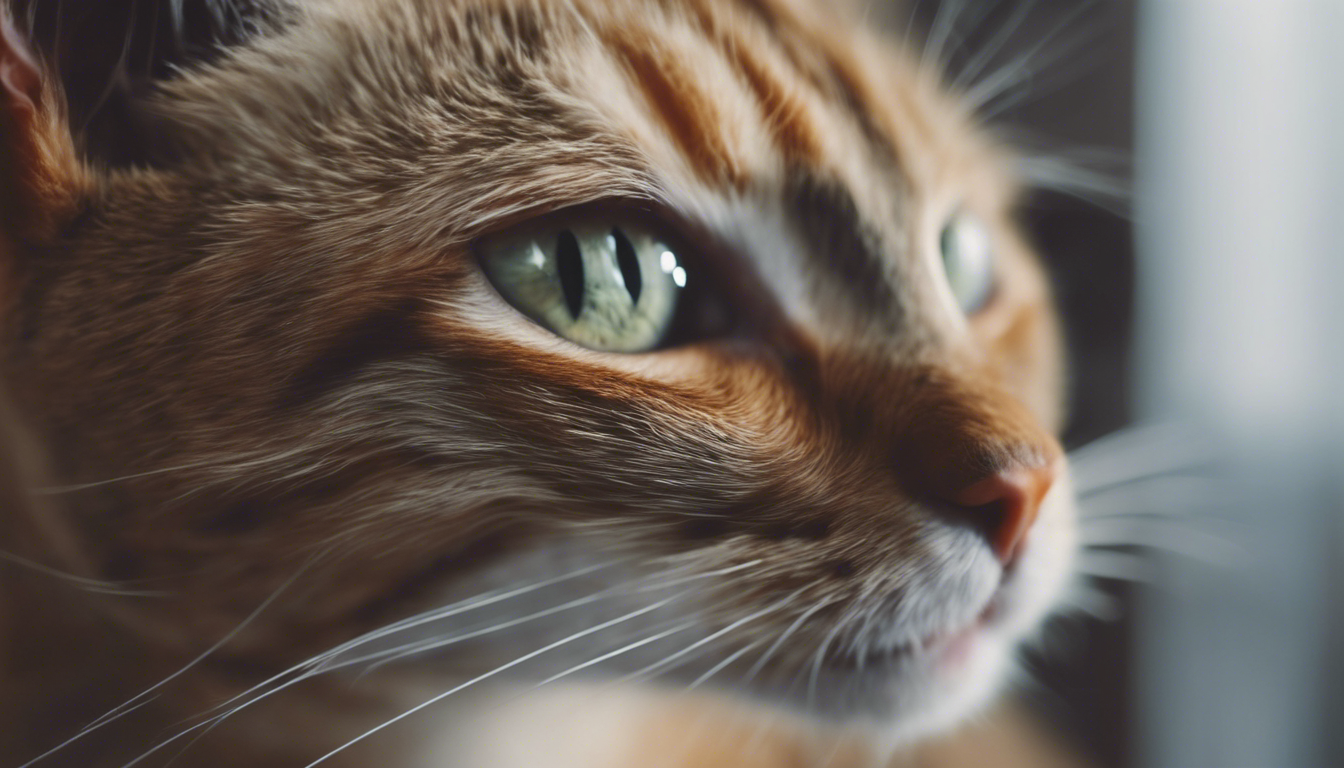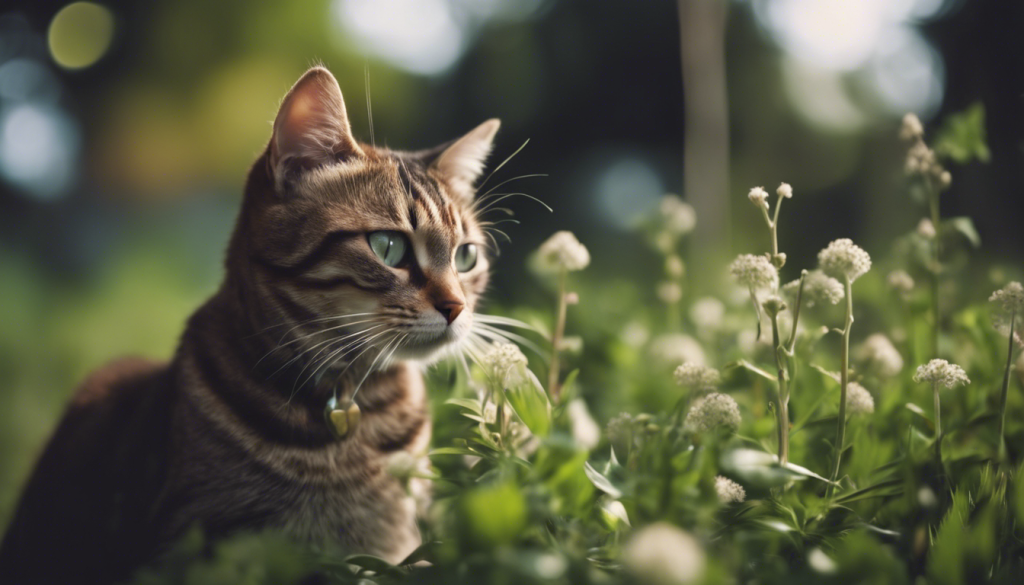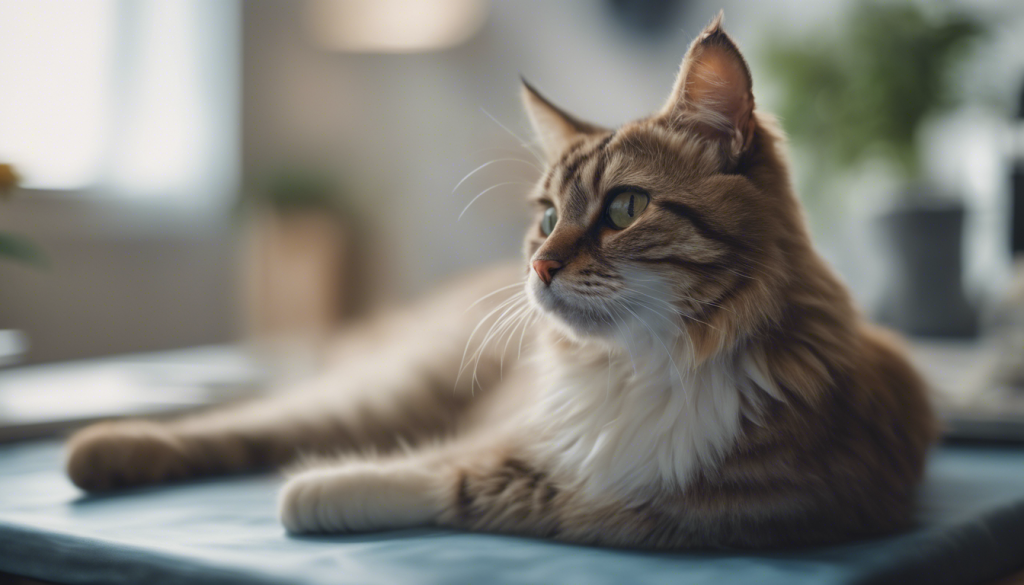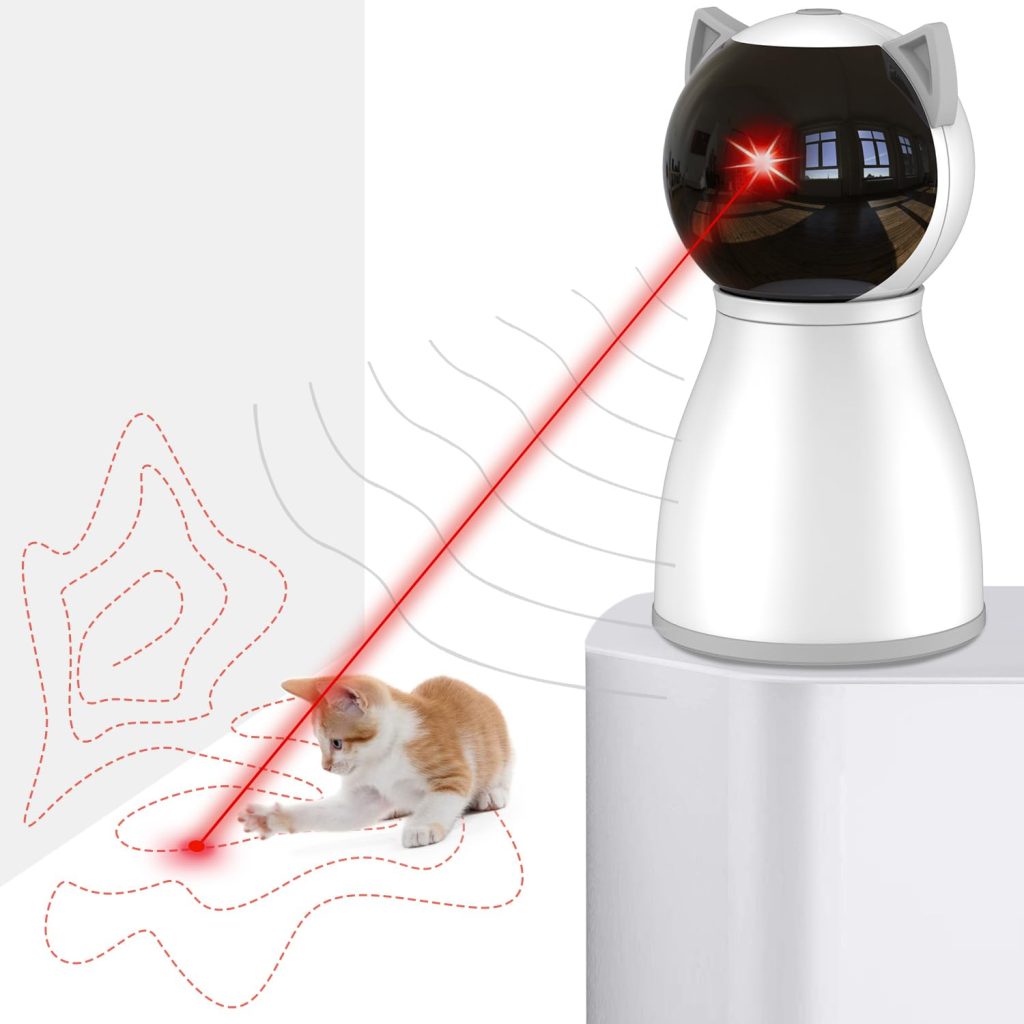
Feline behavior and communication are fascinating aspects of cat ownership. Cats, with their independent nature, are known for their ability to communicate and express themselves in various ways. However, sometimes our furry friends may exhibit less desirable behaviors, such as biting. Redirecting cat biting behavior has proven to be an effective technique in managing and modifying this unwanted action.
Understanding Feline Behavior and Communication
Cats communicate primarily through body language and vocalizations. Understanding these cues is important in deciphering their messages and responding appropriately. Biting is a form of communication that cats use to express themselves when they feel threatened, overstimulated, or anxious.
It’s important to note that not all biting is aggressive. Cats have different ways of playfully biting during play sessions. These play bites are usually gentle and do not cause harm. However, when a cat bites out of fear or aggression, it can lead to injury to both the cat and their human companion.
Identifying the Root Cause
Redirecting biting behavior begins with identifying the root cause behind your cat’s actions. There can be several underlying reasons for biting, including:
- Fear: Cats may bite when they feel threatened or scared. This can happen in response to unfamiliar people, animals, or situations.
- Overstimulation: Some cats become overburdened during play sessions or petting and resort to biting as a way to release their energy or communicate the need for a break.
- Pain or discomfort: Cats may bite when they are in pain or discomfort, such as from an injury or illness. It’s essential to rule out any underlying medical issues that could be causing your cat’s biting behavior.
- Territorial behavior: Cats are territorial by nature. If they feel their space is being invaded or threatened, they may resort to biting as a defensive measure.
Redirecting Cat Biting Behavior: Effective Techniques
Redirecting cat biting behavior involves teaching your cat alternative behaviors and providing appropriate outlets for their energy and communication needs. Here are some effective techniques to consider:
1. Provide Enrichment
Cats need mental and physical stimulation to prevent boredom and frustration. Make sure your cat has plenty of toys, scratching posts, and climbing structures to keep them entertained. Interactive puzzle toys that dispense treats can also engage your cat’s natural hunting instincts and offer a positive outlet for their energy.
2. Playtime and Exercise
Schedule regular play sessions with your cat using interactive toys, such as feather wands or laser pointers. Engaging them in play can help burn off excess energy, reducing the likelihood of biting due to overstimulation.
3. Positive Reinforcement
Positive reinforcement training is a powerful tool in redirecting biting behavior. Reward your cat with treats, praise, or petting when they display appropriate behaviors. This reinforces the desired action and encourages your cat to repeat it in the future.
4. Establish Boundaries
Set clear boundaries with your cat to help them understand what behavior is acceptable. For example, if your cat starts to bite during playtime, immediately stop the play session and withdraw your attention. This teaches them that biting leads to the end of enjoyable activities, discouraging such behavior.
5. Avoid Punishment
Avoid punishment as it can create fear and anxiety in your cat, potentially worsening their biting behavior. Instead, focus on positive reinforcement and redirection to more appropriate behaviors.
Impact on the Cat-Owner Relationship
Redirecting cat biting behavior not only improves your cat’s behavior but also strengthens the bond between you and your furry companion. By understanding and addressing the root cause of the biting, you can create a safer and more harmonious living environment for both of you.
Additionally, through positive reinforcement and consistent training techniques, you establish trust and mutual understanding with your cat. This fosters a deeper connection and enhances the overall quality of your relationship.
Redirecting cat biting behavior requires patience, consistency, and an understanding of your cat’s unique needs. By implementing effective techniques and providing appropriate outlets for their energy, you can successfully modify your cat’s behavior and create a happier, healthier feline-human bond.






